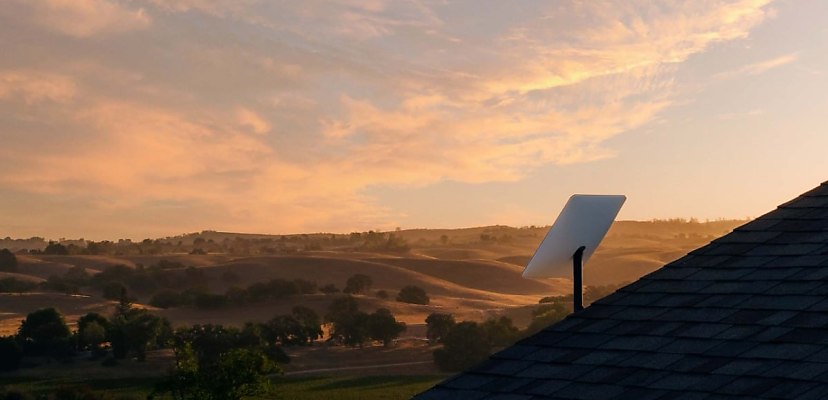Share this article on:
Powered by MOMENTUMMEDIA
Breaking news and updates daily.
Optus has joined Telstra in offering customers Starlink in a significant boost for the Elon Musk-owned company.

The news that Australia’s two biggest telcos are now backing low-Earth orbit (LEO) internet access will also be a further blow to NBN’s rival Sky Muster service, which uses traditional geostationary satellites.
Optus is now an “authorised reseller” of Starlink and will be able to offer the service to business customers.
“Optus enterprise and business customers will have prioritised data adding further resiliency during extreme weather performance with priority fixed or on-the-move priority mobility offerings, so customers can be confident that they will have the necessary bandwidth when they need it most, whether it be in regional Australia or out of metro areas,” said Ben Vella, Optus VP of enterprise.
“Optus satellite internet for business is a key form of redundancy offering an always-on backup safeguard against fire, floods, natural disasters.”
LEO satellite constellations, such as Starlink, tend to offer quicker services than traditional geostationary satellites, such as NBN Muster, because they are closer to Earth.
However, the lower height also means LEOs effectively cover a smaller area and, therefore, need to operate in larger, connected constellations to be effective.
Starlink, a subsidiary of SpaceX, has the advantage of being able to launch thousands of satellites without paying external customers because it operates its own reusable rockets. It’s currently thought there are more than 6,000 Starlink satellites in orbit.
The news comes days after the federal government announced it would commission a trial into the effectiveness of LEO services.
Scyne Advisory will test the satellites’ ability to provide voice services to those in remote areas, as well as their ability to operate during bad weather.
A government paper, released in conjunction with the announcement, suggested satellites could one day replace traditional copper wires for voice calls but faced issues with dealing with poor weather.
“There are still concerns in the community about the reliability and performance of LEOSat services, particularly in a universal service context,” the report said.
“Some consumers highlighted potential concerns about poor Starlink performance during adverse weather [particularly heavy rain] and their individual experiences of frequent service disruptions and dropouts.
“Some submissions indicated they were more supportive of LEOSats as a redundancy option where other terrestrial networks are available but held concerns about remote consumers having to rely solely on a LEOSat network for both voice and broadband, particularly in areas without reliable mobile coverage.
“Trials of alternative technologies, including LEOSats, to help establish a transparent and independent body of evidence on whether these networks are capable of delivering required levels of service in regional and remote areas are now rolling out.
“This will gather quantitative data on a range of matters to help understand how services perform in different conditions throughout Australia, including how they are impacted by location, weather, climate, topography, equipment and power supply.”
Optus’ offer of “traditional” Starlink comes in advance of its longer-term, ambitious plan to offer a “straight-to-mobile” service to those living in remote or regional areas.
This story was originally published on Cyber Daily’s sister brand, Space Connect.
Be the first to hear the latest developments in the cyber industry.